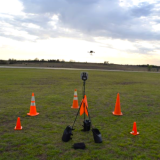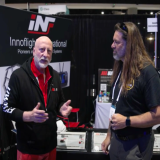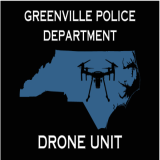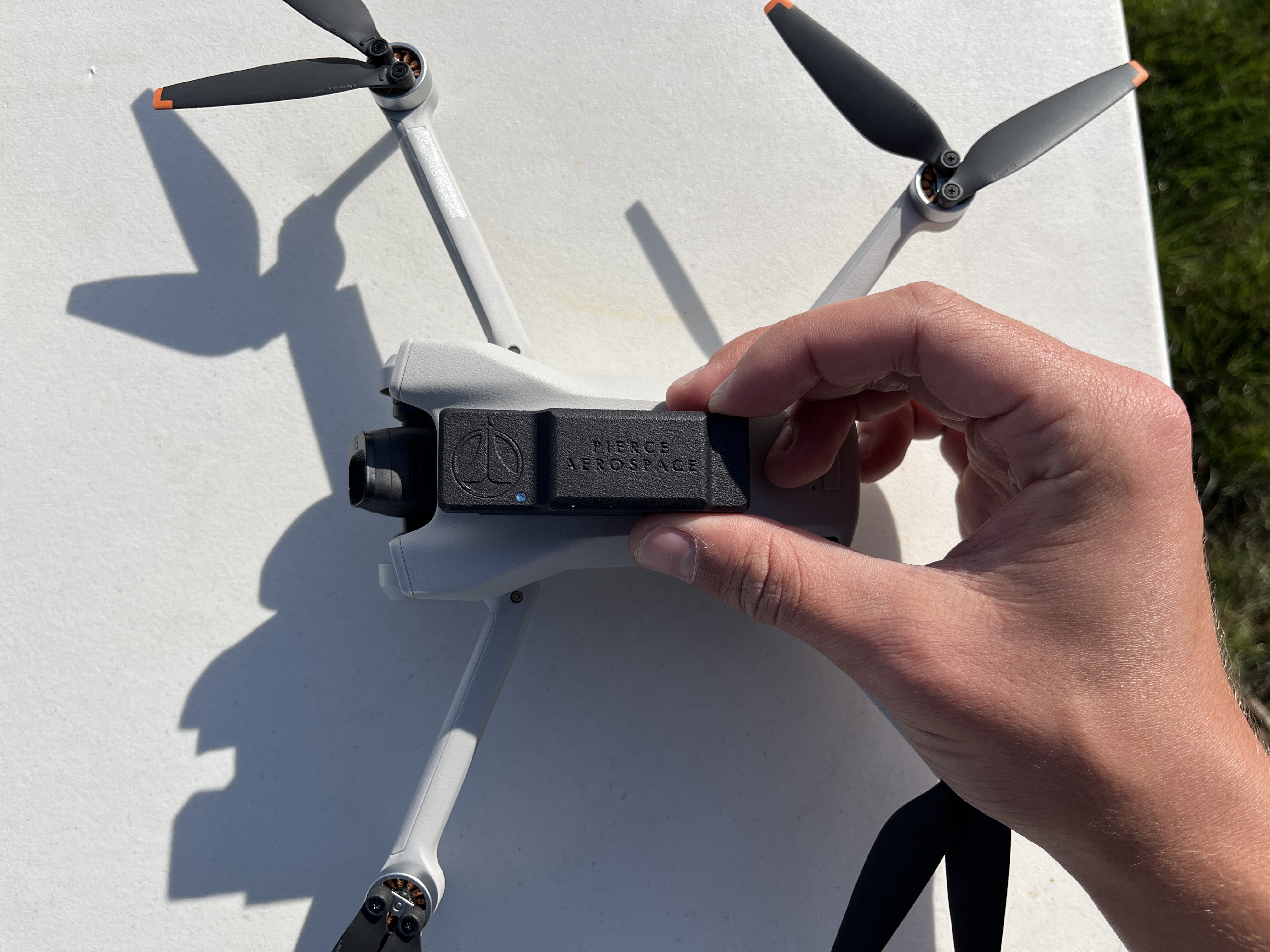
13 December 2023
Pierce Aerospace has been at the forefront of Remote ID since 2017, when their concepts received recognition at ICAO. It wasn't just ICAO that recognized Pierce Aerospace though – so did the United States Air Force. In 2018, Pierce Aerospace was awarded a Small Business Innovation Research (SBIR) contract in the first batch of SBIRs managed by the Air Force's newly developed innovation and acquisition group - AFWERX. From that award, the company went on to iterate several versions of their Remote ID Beacons and Remote ID Receivers and accompanying software and systems integrations. The evolution of the company's Remote ID technology has covered significant internal investment, investment from the State of Indiana, and multiple US Government contracts – including a contract with participation from eleven different US Government customers. The results of Pierce Aerospace's pioneering efforts, government market leadership, and internal investment into Remote ID is that their products are consistently rated as the highest performing Remote ID systems on the market, including as recognized by the Pilot Institute.
Earlier this year, the company publicly shared that they deployed their systems to support the airspace security mission at Super Bowl 57. This effort was also a stress test for Remote ID. Pierce Aerospace demonstrated that their Remote ID products and services are capable of successfully supporting and scaling for national security operations in high-profile events with very congested radio frequency environments. This ultimate stress test for Remote ID demonstrated that Pierce Aerospace's products meet the muster.
Today, the company's B1 Remote ID Beacon is commercially available for purchase to professional drone operators. Their Remote ID Receivers are anticipated to be released to the broader market soon, with formal announcements planned in early 2024.
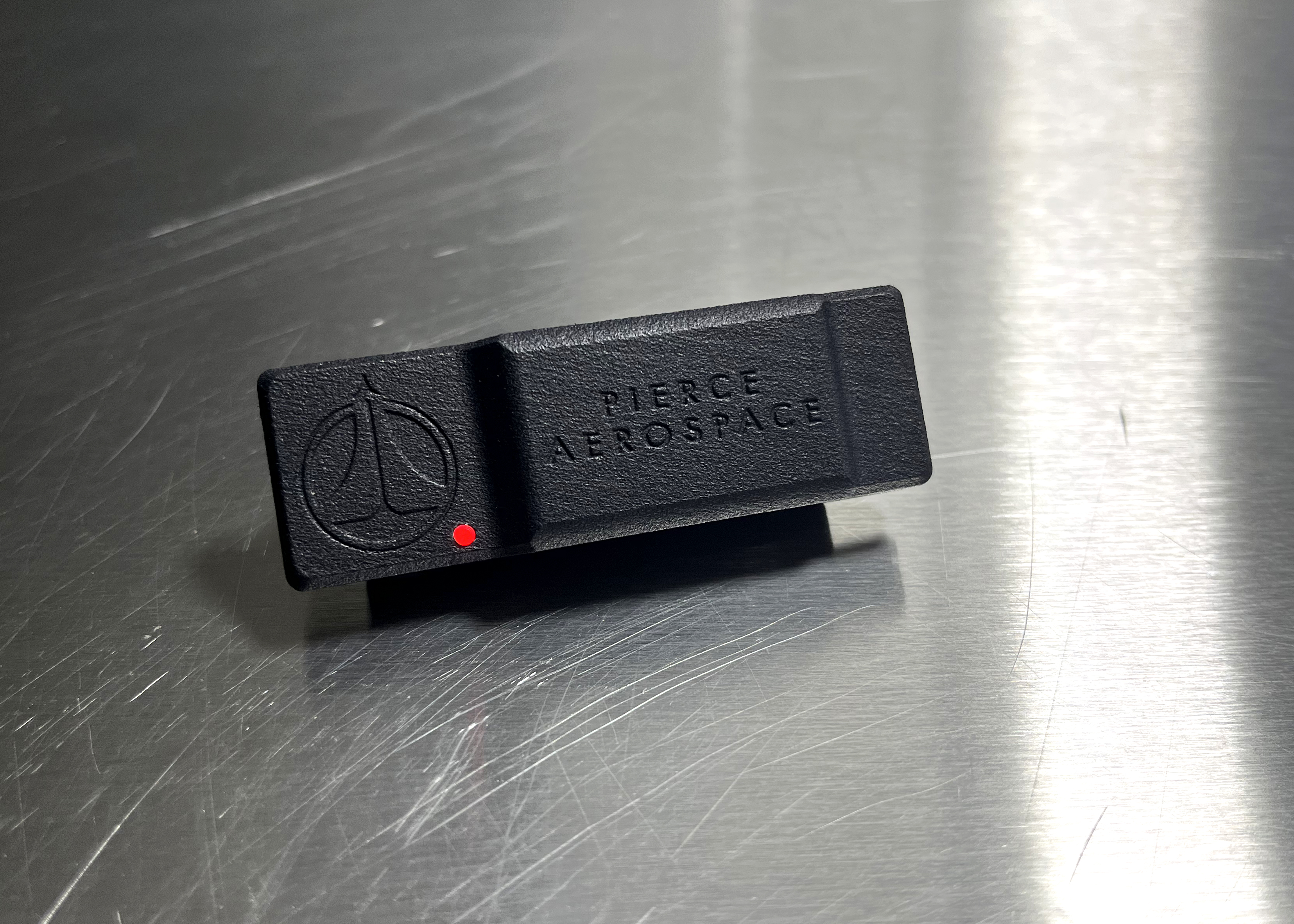
"The B1 Beacon is in use with US Government agencies and equipped on US Government aircraft, which is kind of fun for our customers," said Pierce. "You cannot just go buy a lot of equipment that's in use with the US Government. Unfortunately, those of us in the public cannot readily go pick up an F-16. But a professional drone pilot can purchase the B1 that is in use with the US military."
Based on third-party tests, the B1 is, without a doubt, the highest-performing beacon on the market. Customers regularly share screenshots of their Remote ID phone apps detecting B1 beacons flown on aircraft well beyond two kilometers. These distances and high-performance capabilities are especially important to professional Part 107 pilots, commercial fleet operators, and public safety operators who are coordinating operations. High-performance Remote ID translates into enhanced aviation safety and situational awareness – which is fundamental and at the heart of integrating UAS into the National Airspace System.
Pierce Aerospace's Remote ID Receivers reportedly detect Remote ID broadcasts well beyond what is capable of a phone, but the company has yet to release data around detection ranges.
"Our systems are in use with the US Government in dual-use operations. So, we're not going to share the performance parameters of those systems – at least not today," said Pierce. "When asked, I usually equate our receiver performance to how Rolls Royce used to share their automobile horsepower ratings – 'adequate.' I will share that we are very excited to announce soon news of the successor to our Bluebird Remote ID Receiver. Shifting to the successor will be bittersweet – the Bluebird has served us and several of our customers, from snowy plains to the desert and every imaginable weather condition – including hurricane-force winds. It's been an exceptional prototype platform and led us to where we're at now, which is a much more mature system."
Pierce Aerospace has integrated their Remote ID Receivers with nearly two dozen systems – many in US Government experiments and operations. These have included the US Army's Forward Area Air Defense C2 – developed by Northrop Grumman, the US Air Force's COPERS Common Operating Picture – developed by KBR, Android Team Awareness Kits, and much more – including commercial UTM systems. Integrations even included syndicating Remote ID data feeds to multiple client systems across wide or disparate geographies.
"We'll have announcements in 2024 about systems integrations that are compatible with our next-generation Remote ID Receivers," said Pierce. "The purpose of integrating with a diverse set of third-party partners is to provide diverse end-users with various options that best fit their needs. Our Remote ID Receivers will be available for commercial and government end users. A commercial airport, local municipality, public safety organization, and US Military installation have different needs. But they are all common in their fundamental need for reliable Remote ID data feeds. By teaming with our others, we can provide the fundamental data and tailor the overall value with our partners by providing a complete system that works for our customers."
While Remote ID is in place today, the FAA controversially elected to go with discretionary enforcement until March 16, 2024, due to market-demand conditions surrounding Remote ID module availability last summer. Pierce Aerospace has been tracking this topic very closely.
"Messaging last August and September made it appear that the FAA was pushing Remote ID back – but they didn't push it back – Remote ID went into effect on September 16, 2023, and it is here today. Enforcement, however, is discretionary until March 16th," said Pierce. "Like last summer, we and others anticipate a surge in Remote ID module demand just ahead of March 16th. But the FAA will not implement additional date adjustments this time – they have made that clear. So, we have been very vocal about encouraging pilots to order B1 Beacons now to ensure they are equipped ahead of March 16th. This is especially true for fleet operators that may need many B1 Beacons to equip several aircraft – we do not want their commercial operations impacted because they waited. Waiting until February or March will not guarantee delivery by March 16."
Those with multiple UAS may need to purchase more than one Remote ID module based on their flight operations. The FAA's Remote ID Rule allows pilots operating under recreational rules to easily transfer their module between many UAS. However, commercial Part 107 operators must have one module registered to one aircraft at a time. A module can be transferred between UAS, but an administrative registration process and potential fees must be completed every time this is done in the FAA's Drone Zone. Many fleet operators are opting to stick with one module per aircraft to cut down on time spent on administrative tasks and reduce the risk of administrative errors in forgetting to re-register a module with a new aircraft.
Pierce Aerospace has some other unique attributes that set their B1 Remote ID Beacon apart from other options on the market.
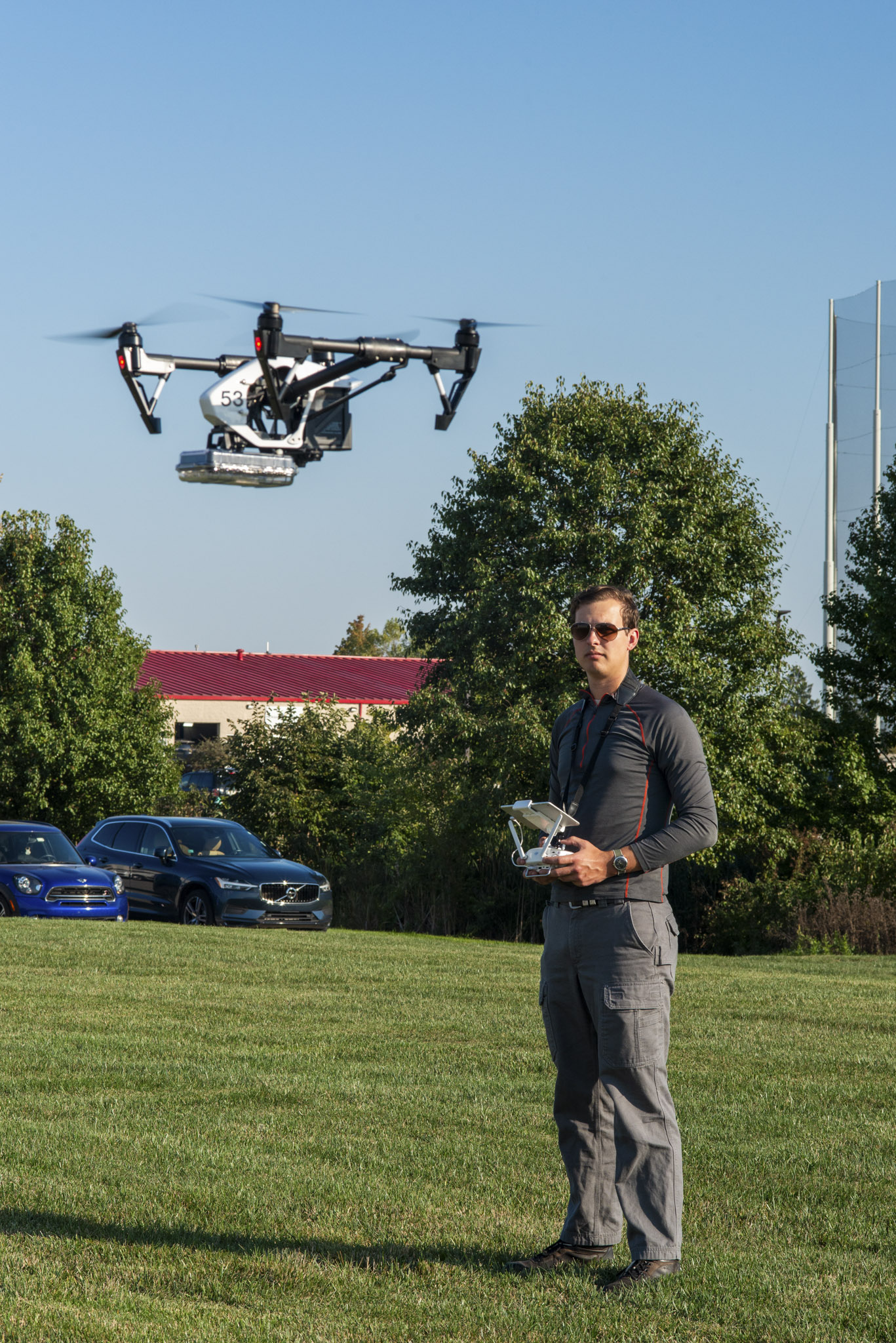
"We've seen what's on the market and have gone head-to-head against nearly everything in government or third-party comparisons with favorable performance results in all instances that we're aware of. The B1 performs so well that we've even had customers use the B1 as a "black box" to help identify and recover downed UAS and sensors – that alone makes the B1 a valuable insurance component," said Pierce. "But we don't think outperforming the market is good enough for our customers. Our products are built in the USA, and final assembly and QA takes place in our lab at the Indiana IoT Lab in Fishers, Indiana. To our knowledge, we are the only company flight-testing each of our beacons before shipping them to our customers. When customers open their B1, they will be met with a thank you from us and a QA card that gives the date we tested their B1's battery and the date we flew their B1 in a flight test. Their B1 Flight Test card is personally signed by the pilot who flew their B1. I'll be frank – this process adds time, and we're not making the margins that our competitors are, but we're drone pilots and enthusiasts first. So, we deliver a product that we believe in and a product that we put our name on."
Remote ID may be new to the industry, but Remote ID is not new to the Pierce Aerospace team that helped pioneer the technology. We anticipate seeing Pierce Aerospace's brand, products, and services continue to make their way across the industry as Remote ID becomes a regular component of the NAS and a standard checkbox in all our preflight checklists. Pierce Aerospace's B1 Beacons are available for order today on their website at www.pierceaerospace.net and through approved resellers and distributors.
Learn More



